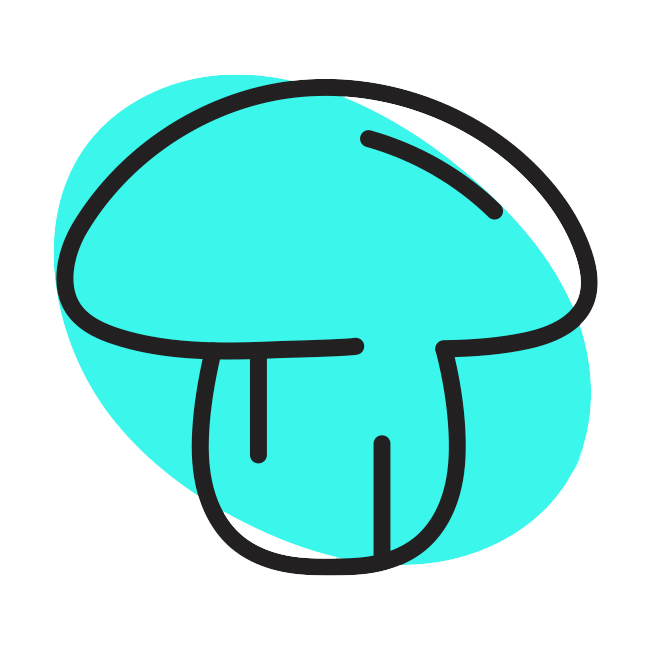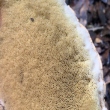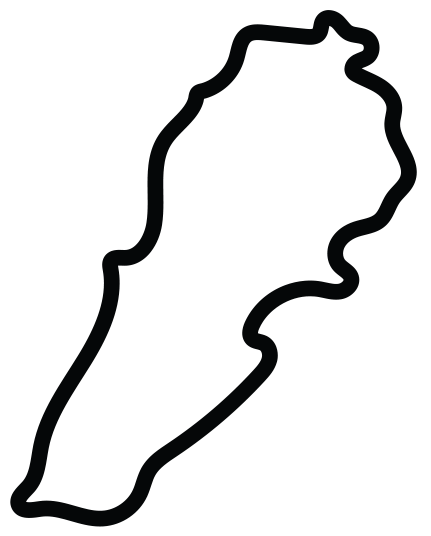Species:
Boletus aereus
- Scientific name:
- Boletus aereus
- Arabic name:
- -
- French name:
- Cèpe bronzé
- English name:
- Bronze bolete, Queen bolete, Dark cep
- Habitat:
- Beneath broadleaf trees, notably oaks, at the edges, beside walks or clearings in oak woodlands.
- Surrounding vegetation:
- Quercus calliprinos, Styrax officinalis, Acer syriacum, Quercus infectoria, Asparagus, Crataegus monogyna, olive orchard.
- Ecological niche:
- Mycorrhizal with oaks (Quercus)
- Chromosome Number:
- -
- Genome size:
- -
- Cap:
- Fleshy, initially hemispheric then convex & finally flat, finely cracked or granular surface.
- Gills / pores:
- -
Very small creamy white pores that become rust-coloured with age. - Stem:
- Fine brown net pattern (reticulum) is visible, occasionally clavate but more often barrel-shaped.
- Dimensions:
- -
Very small creamy white pores that become rust-coloured with age. - Color(s):
- It has dark-brown,sepia-brown caps; the margin is reddish brown.
- Texture, other traits:
- Cap finely velvety when young, when cut, flesh remains white or very slowly turns slightly purplish.
- Kingdom Fungi
- Phylum Basidiomycota
- Class Agaricomycetes
- Order Boletales
- Family Boletaceae
- Genus Boletus
Fruiting period
1
2
3
4
5
6
7
8
9
10
11
12

This work is licensed under a Creative Commons Attribution-NonCommercial-ShareAlike 3.0 Unported License.







